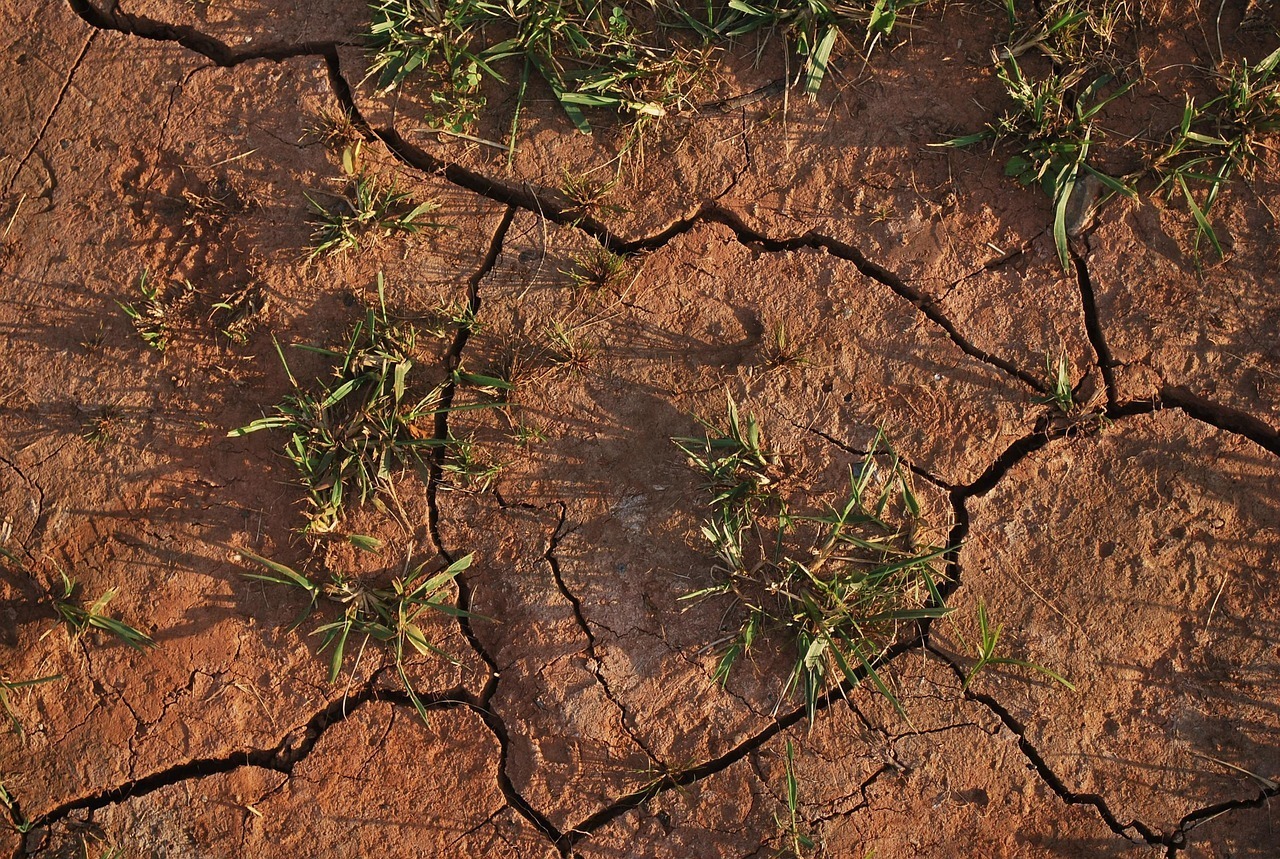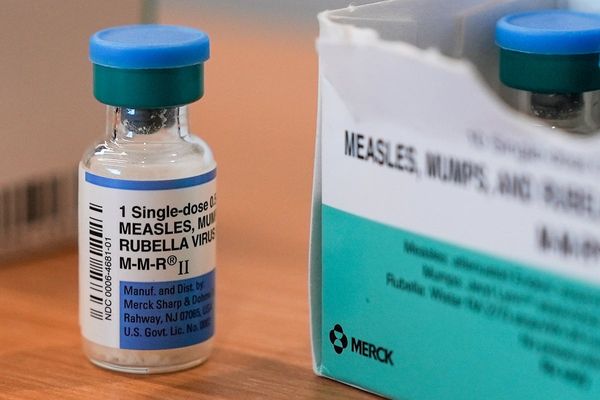
The OECD’s latest report on global land degradation paints an increasingly alarming picture. With 4 °C of warming, droughts are projected to become up to seven times more frequent. Already today, around 40 percent of the Earth’s land surface is experiencing degradation either intermittently or continuously, with climate change emerging as the leading driver. These conditions are no longer limited to arid regions. In France, memories of the 2022 drought are still fresh: vast sections of the Loire dried up, agricultural yields collapsed, and emergency interventions proved both costly and inadequate.
But despite these mounting warnings, Europe’s food policy remains dangerously out of step with ecological and climatic realities. Rather than reforming the structures that drive land degradation—from monoculture farming to poor water governance—the EU continues to prioritise highly visible but largely ineffectual tools. A clear example of this is Nutri-Score, the front-of-pack nutrition label entertained by the European Commission as a response to rising obesity.
Packaging over policy
Nutri-Score is visually simple, algorithmically designed, and politically convenient. Based on a traffic-light scale from A to E, it rates food products by their levels of sugar, salt, fat, and fibre per 100 grams. In controlled studies, the system has shown some ability to shift consumer choices slightly toward "healthier" products. But real-world impact tells a different story.
In France—the very country where Nutri-Score was first developed—diet-related illness and obesity remain major public health challenges. According to a comprehensive review published by the Cochrane Library in early 2025, mandatory calorie labelling in the UK, rolled out in large food outlets since 2022, led to an average reduction of just 11 calories per meal. That is the equivalent of a single crisp—statistically negligible, and clinically irrelevant.
Unsurprisingly, even within the food industry, confidence in Nutri-Score is eroding. In May 2025, Nestlé announced that it would begin phasing out the label from its products in Switzerland, its home country. The move follows similar withdrawals by other major Swiss food companies, including Migros and Emmi. Nestlé cited a lack of consumer uptake and limited political consensus on the scheme as reasons for the decision. When Europe’s largest food manufacturer walks away from a front-of-pack label it once supported, this is more than a marketing shift—it is a clear sign that the system lacks credibility.Meanwhile, the foundational issues affecting both human and planetary health—soil exhaustion, water scarcity, biodiversity loss—remain politically sidelined.
Labels reward the wrong system
Perhaps the most concerning feature of Nutri-Score is the way the algorithm behind the score is blind to context. It does not account for how a product is grown, processed, or sourced. It does not distinguish between seasonal and industrial, artisanal and artificial. It reduces nutrition to a set of quantifiable nutrients, favouring foods that can be reformulated to meet standardised thresholds—something large-scale manufacturers are well equipped to do.
This leads to paradoxes. A sugary cereal bar, slightly reduced in salt, may earn a green "B", while raw milk cheese or olives—core elements of traditional, balanced diets—may receive a red "D" or "E". The signal to consumers is misleading, but the structural incentive is worse: Nutri-Score favours foods that are uniform, scalable, and heavily processed, often with a substantial environmental footprint.
In other words, a policy meant to improve health outcomes ends up legitimising and promoting the very systems most responsible for ecological damage—particularly those that degrade soil, pollute water, and reduce crop diversity.
A context of worsening drought and degradation
The OECD’s findings make clear that this is no longer a theoretical concern. Land degradation is now global in scale and accelerating fast. In Mexico, temperatures above 40 °C have dried out lagoons that once supported entire ecosystems. In Argentina, degraded and chemically treated soils have lost their ability to absorb water, leading to catastrophic flooding. And across Europe, even regions with dense populations and advanced agricultural technology are experiencing record levels of productivity loss.
With every year, the cost of inaction grows. The OECD estimates that the economic impact of drought in 2025 will be twice as high as it was in 2020. By 2035, climate-related agricultural losses could rise by 35 percent. In California, a single year of drought in 2021 caused $1.1 billion in agricultural damage, proving that no economy, however developed, is insulated from environmental collapse.
Misplaced priorities
Labelling systems appeal to governments because they are cheap, visible, and easy to communicate. They create the impression of policy movement without requiring structural change. But we must not confuse visual clarity with impact. Front-of-pack labels do not change the economics of food production. They do not make sustainable farming more viable, nor do they improve access to fresh food for low-income communities. Most importantly, they do not reverse the environmental feedback loops—soil erosion, water stress, chemical runoff—that are now beginning to undermine the entire European food system.
Nutrition and sustainability cannot be separated. A healthy food policy is one that restores soil, conserves water, supports biodiversity, and protects human health over the long term. It is a policy that aligns incentives with outcomes, not algorithms with packaging.
A new direction
The European Commission’s ongoing review of its food labelling framework is an opportunity to shift course. Rather than doubling down on failed models, the EU should prioritise interventions with proven systemic impact: supporting agroecological farming, rewarding practices that retain moisture and build soil carbon, regulating marketing to children, and investing in public food education. These are complex undertakings. But they work.
They are also the only real path forward if Europe hopes to build resilience in the face of the droughts, floods, and heatwaves that are no longer future threats but present realities.
The OECD’s warning could not be clearer. A food policy that focuses on front-of-pack optics while the ground beneath us is literally drying out is a policy divorced from reality. If Brussels wants to be taken seriously on food, health, and climate, it must stop treating labelling as a strategy—and start treating it as what it is: a distraction.







